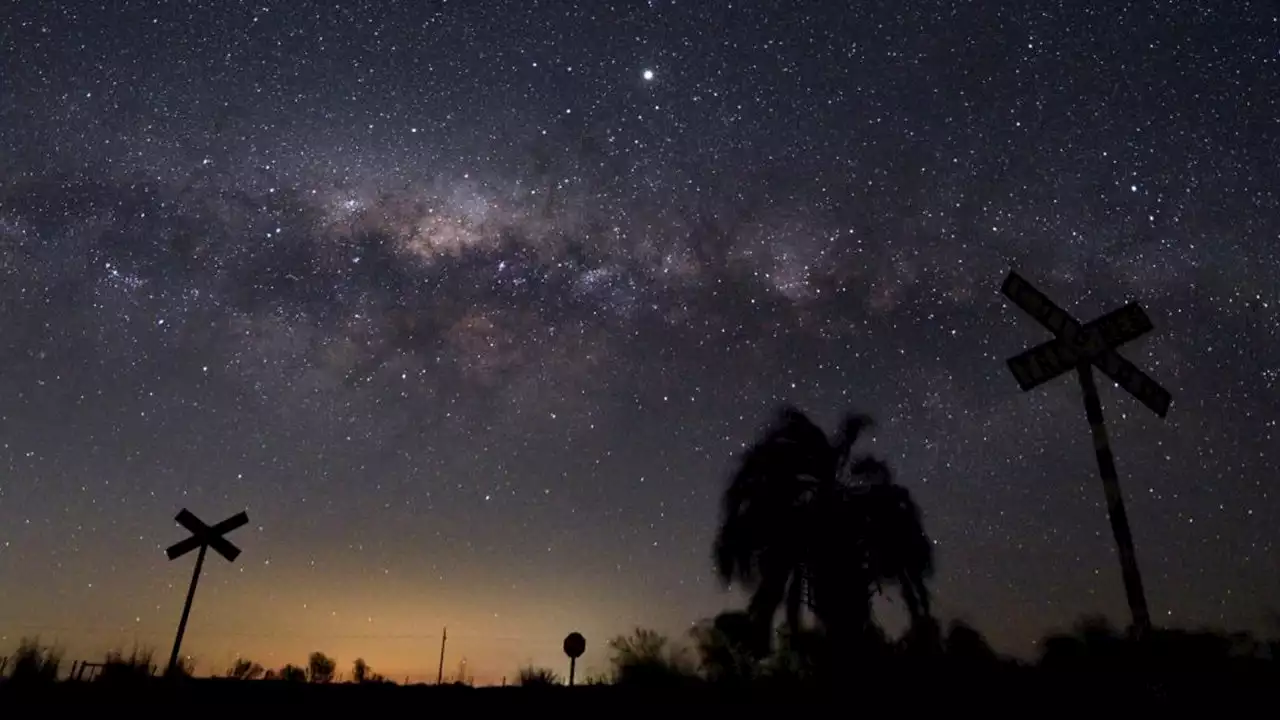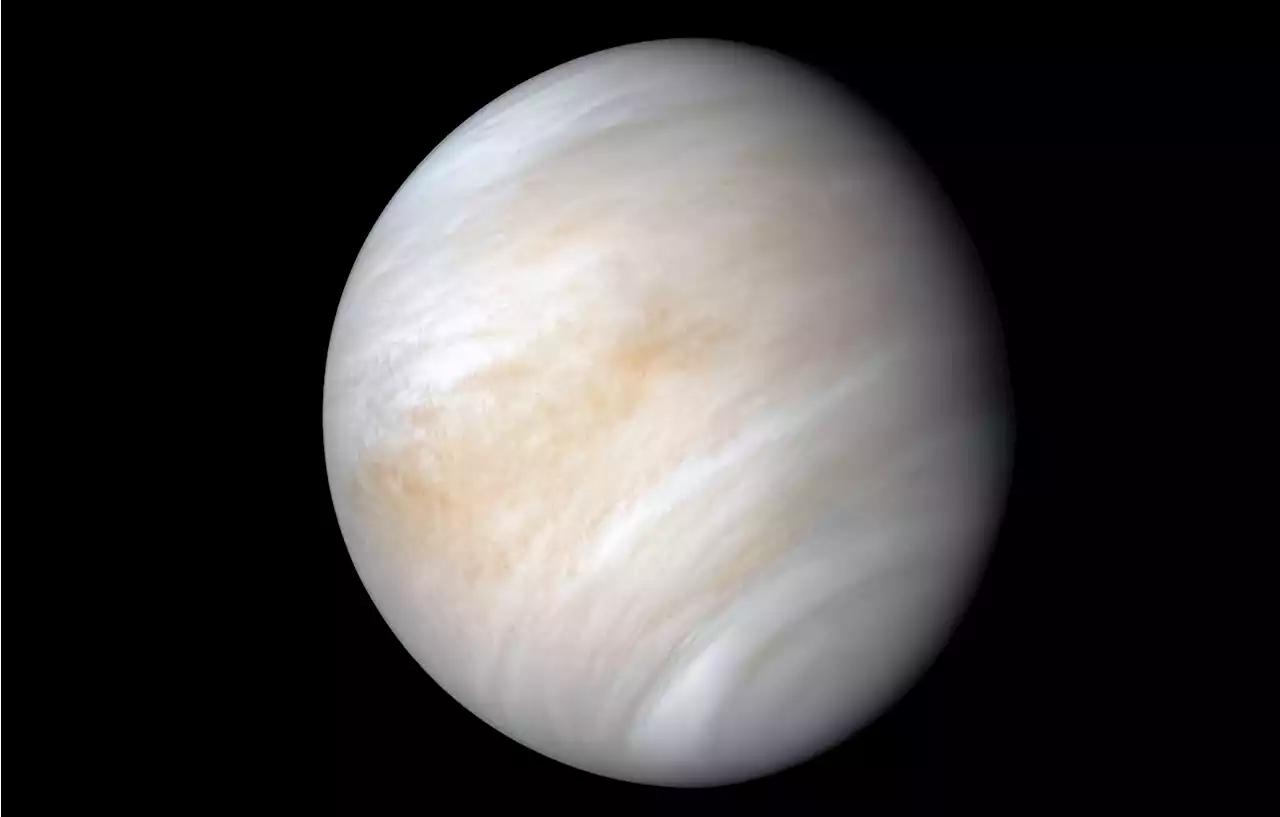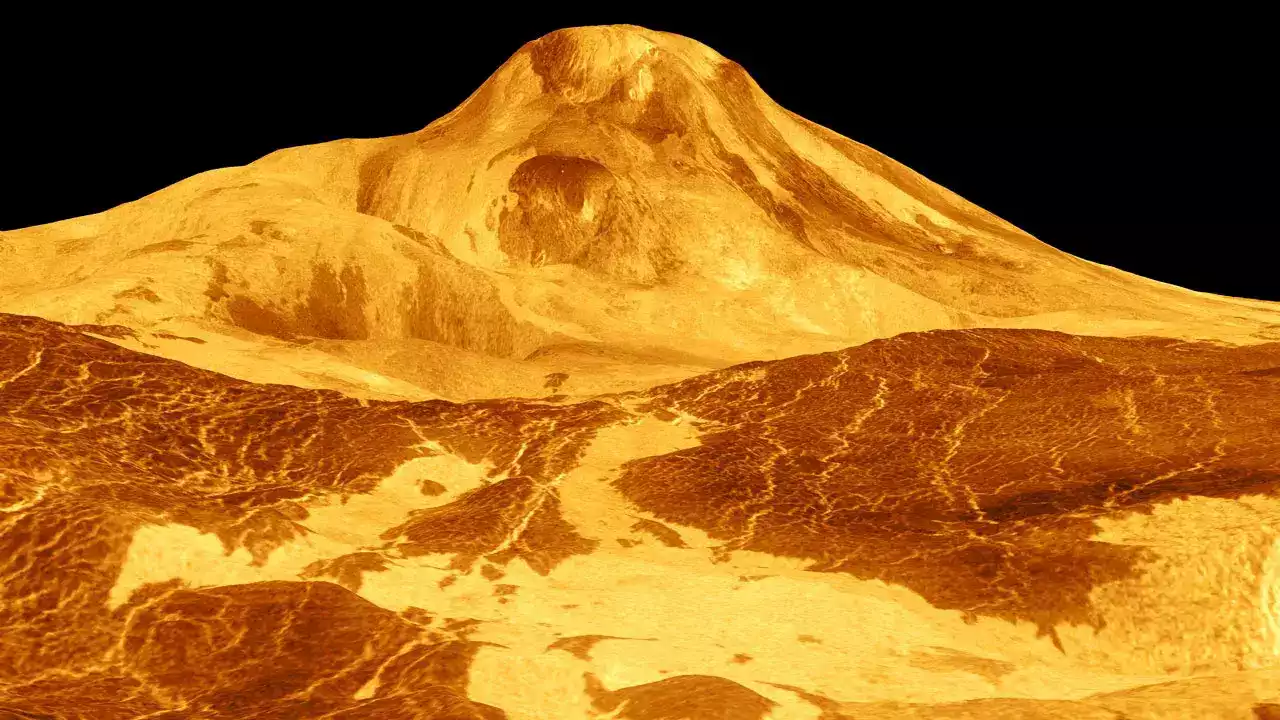In a first, scientists have seen direct evidence of active volcanism on Earth’s twin, setting the stage for the agency’s VERITAS mission to investigate. Direct geological evidence of recent volcanic activity has been observed on the surface of Venus for the first time. Scientists made the discove
– short for Venus Emissivity, Radio science, InSAR, Topography, And Spectroscopy – will launch within a decade. The orbiter will study Venus from surface to core to understand how a rocky planet about the same size as Earth took a very different path, developing into a world covered in volcanic plains and deformed terrain hidden beneath a thick, hot, toxic atmosphere.
“NASA’s selection of the VERITAS mission inspired me to look for recent volcanic activity in Magellan data,” said Robert Herrick, a research professor at the University of Alaska Fairbanks and member of the VERITAS science team, who led the search of the archival data.
But because the two observations were from opposite viewing angles, they had different perspectives, which made them difficult to compare. The low resolution of the three-decade-old data only made the work more complicated.’s Scott Hensley, the project scientist for VERITAS and a specialist in analyzing radar data like Magellan’s. The two researchers created computer models of the vent in various configurations to test different geological-event scenarios, such as landslides.
“Venus is an enigmatic world, and Magellan teased so many possibilities,” said Jennifer Whitten, associate deputy principal investigator of VERITAS at Tulane University in New Orleans. “Now that we’re very sure the planet experienced a volcanic eruption only 30 years ago, this is a small preview for the incredible discoveries VERITAS will make.”
United States Latest News, United States Headlines
Similar News:You can also read news stories similar to this one that we have collected from other news sources.
 Magellan spacecraft images reveal volcanic activity on Venus | CNNWhen scientists recently took a closer look at archival images taken of the surface of Venus by the NASA Magellan spacecraft, they discovered something new: evidence of volcanic activity on Earth's 'twin.'
Magellan spacecraft images reveal volcanic activity on Venus | CNNWhen scientists recently took a closer look at archival images taken of the surface of Venus by the NASA Magellan spacecraft, they discovered something new: evidence of volcanic activity on Earth's 'twin.'
Read more »
 How did Venus become such a hot mess? Volcanic discovery offers clues.For years, scientists have revised the notion that our nearest planetary neighbor is geologically dead, as various studies tend to conclude that some of its volcanoes are active even without plate tectonics, which fuels most of them on Earth.
How did Venus become such a hot mess? Volcanic discovery offers clues.For years, scientists have revised the notion that our nearest planetary neighbor is geologically dead, as various studies tend to conclude that some of its volcanoes are active even without plate tectonics, which fuels most of them on Earth.
Read more »
 See Mercury, Venus, Mars, Jupiter and Uranus at the same timeIt’s a planetary alignment party and you’re invited!
See Mercury, Venus, Mars, Jupiter and Uranus at the same timeIt’s a planetary alignment party and you’re invited!
Read more »
 Here’s how Venus Williams plans to save Nina Simone’s homeIn collaboration with the National Trust’s African American Cultural Heritage Action Fund, the tennis star is raising money to renovate the property.
Here’s how Venus Williams plans to save Nina Simone’s homeIn collaboration with the National Trust’s African American Cultural Heritage Action Fund, the tennis star is raising money to renovate the property.
Read more »
 Oceans may have covered Venus before it became a hell planet, study claimsOur neighboring planet, Venus, may have been covered by oceans before it became a hell planet, new study claims.
Oceans may have covered Venus before it became a hell planet, study claimsOur neighboring planet, Venus, may have been covered by oceans before it became a hell planet, new study claims.
Read more »
